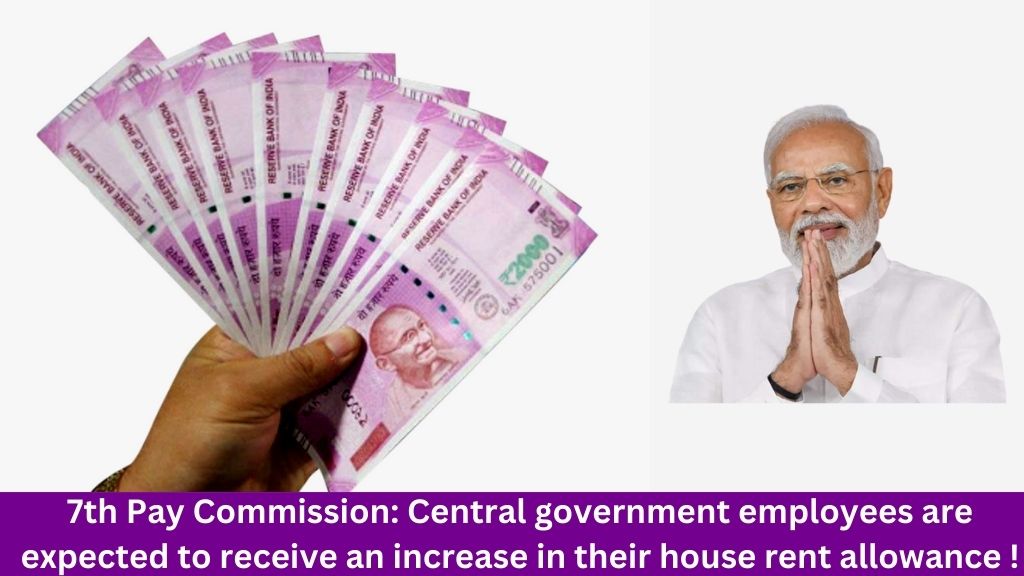7th Pay Commission: The recent increase in DA has resulted in substantial cash gains for Central government employees, just in time for the festival. Gratuity, Diwali bonuses, and DA arrears have all been deposited into their accounts. The good news doesn’t stop there, as staff will get a significant New Year’s gift in the shape of a wage boost.
7th Pay Commission
7th Pay Commission: Salary increases for central government personnel will resume in 2024. The current DA is 46 percent, according to the All India Consumer Price Index (AICPI) index for July, August, and September. However, with the current AICPI index data hitting 48.54 percent at 137.5 points, DA is likely to climb by 4-5 percent in the following months.
7th pay commission latest news today 2023, Central Government employees DA Growth Rate?
Madhu Babu Pension Yojana 2023 Apply Online, form, Status @ssepd.gov.in
SBI E Mudra Loan Apply Online 50,000 Loan, Interest Rate, Online Application, Condition, process
Travel allowance likely to increase in India
7th Pay Commission: Following the recent DA increase, central government employees’ travel allowance is projected to rise as well, given it is related to DA. Grade 1 to 2 employees in key TPTA cities may earn Rs 1800 and Rs 1900, respectively, while Grade 3 to 8 employees may receive Rs 3600 + DA. In other cities, however, the charge is Rs 1800 plus DA.
House rent allowance also to increase in India
7th Pay Commission: Aside from these financial benefits, a 3 percent increase in House Rent Allowance (HRA) is planned for the coming year. According to recent patterns, if DA surpasses 50%, the HRA is revised. The planned increase in HRA may boost these rates to 30, 27, and 21 percent, respectively, assuming the minimum allowance level of 50 percent is passed.
7th Pay Commission: The modifications will take effect when the HRA for central government employees is reviewed in March 2024, with a 3% rise projected. In general, the HRA is amended when the DA exceeds the 50% mark. Currently, the HRA is distributed at rates of 27, 24, and 18 percent in cities classified as X, Y, and Z. If the DA rises above 50%, HRA is predicted to climb to 30, 27, and 21%, respectively.
